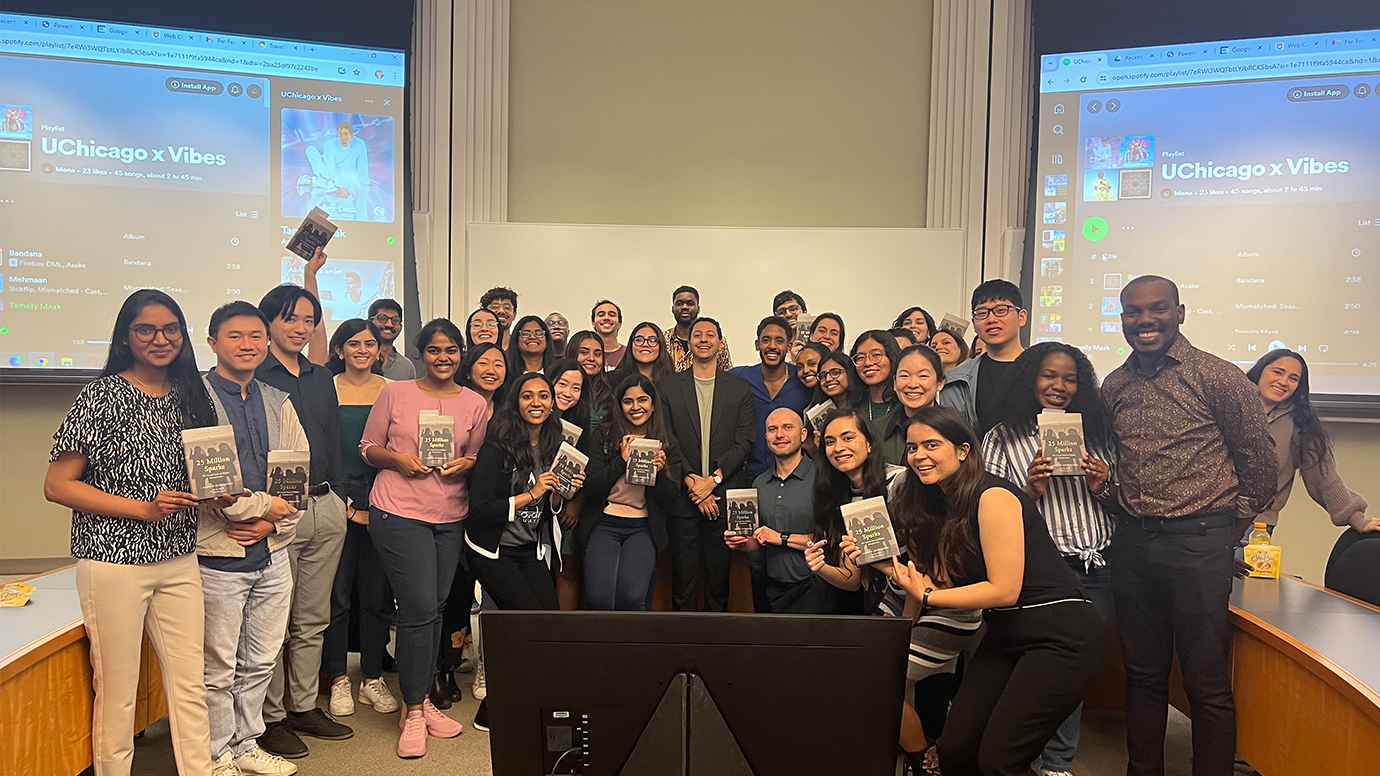Women in the Gig Economy: A Path to Financial Independence and Empowerment
In recent discussions surrounding women’s empowerment, financial independence consistently emerges as a pivotal topic. The gig economy, characterized by short-term contracts and freelance work facilitated through digital platforms, has become both a catalyst for change and a reflection of the challenges women face in pursuing financial independence. In India, where female labor force participation rates remain among the lowest in South Asia, the gig economy is often viewed as a potential avenue for enhancing these numbers. Digital platforms offer flexibility, enabling women to juggle caregiving and employment obligations. However, barriers such as restricted digital access, lack of maternity and healthcare benefits, and concerns about workplace safety hinder their full participation in this burgeoning sector.
Health, Well-being, and Social Protection Challenges for Women Gig Workers
Women gig workers encounter unique challenges, particularly in balancing erratic work schedules with family responsibilities. This juggling act can lead to long-term stress, a significant contributor to mental health issues such as anxiety and depression. The instability associated with temporary contracts exacerbates emotional distress, making it difficult for women to find a sense of security in their work.
Moreover, women in the gig economy are often subjected to harassment and security risks, especially in sectors like ride-sharing. The Sexual Harassment of Women at Workplace (Prevention, Prohibition and Redressal) Act, 2013 (POSH) in India aims to protect women in traditional employment settings. However, gig workers, classified as ‘independent contractors’ by digital platforms, do not benefit from these protections. To create a safer environment, gig platforms must incorporate workplace harassment into their dispute resolution categories.
In response to these challenges, the European Parliament adopted the Platform Work Directive in April 2024, establishing new guidelines for the gig economy. This directive assumes that workers are employees unless proven otherwise, granting them access to social security benefits and labor protections.
Policy Gaps and Learning from Recent Labor Action
Research by the Consultative Group to Assist the Poor (CGAP) reveals that gender norms often confine women to ‘female sectors’ such as childcare, beauty services, and housekeeping. Additionally, the digital gender divide limits women’s access to higher-paying jobs in the gig economy. Socioeconomic barriers, inadequate digital literacy, and limited technological access further hinder their progress.
The McKinsey Global Institute estimates that if women’s employment rates increase by just 10 percentage points by 2025, India’s GDP could rise by $0.7 trillion, representing over 25% of its current GDP. Despite the gig economy’s potential to empower women and contribute to national economic growth, it currently fails to meet their specific needs.
The 2024 Diwali ‘digital strike’ by female gig workers underscored the urgent need for regulatory reform and improved working conditions. Organized by the Gig and Platform Workers Union (GIPSWU), this protest highlighted issues such as high commissions, low pay, and inadequate safety measures. The union advocates for fundamental worker rights, including social security, health benefits, maternity leave, and livable wages.
Recommendations for an Inclusive Gig Economy
To address the myriad challenges faced by gig workers, targeted regulations are essential. Policymakers should focus on creating accessible social protection systems and specialized support for female gig workers. Combating sociocultural gender biases through behavior modification initiatives can also help reduce the precarity of women in the gig economy.
Businesses must implement welfare programs, including health insurance, accident coverage, and unemployment safeguards. Public-Private Partnerships (PPPs) can facilitate maternity benefits, childcare facilities, and rest areas for female gig workers. Enhancing awareness of the POSH Act, establishing grievance redressal mechanisms, and strengthening the e-Shram platform can significantly improve workplace safety.
A multi-stakeholder approach is crucial to transform the gig economy from a space of exploitation into one of opportunity for women. Initiatives like Pollicy, a feminist collective in Uganda, aim to improve digital literacy and skills among women in the gig economy. Such models can serve as valuable blueprints for similar efforts in India.
Conclusion
As we approach International Women’s Day 2025, themed ‘Accelerate Action,’ it is imperative to spotlight the critical yet often overlooked issues faced by women in the gig economy. These challenges intersect with multiple Sustainable Development Goals (SDGs), including SDG 3 (Good Health and Well-being), SDG 5 (Gender Equality), and SDG 8 (Decent Work and Economic Growth). Without immediate action, the gaps in healthcare and labor rights for women will only continue to widen. Policymakers, gig platforms, and civil society must collaborate to ensure that women in the gig economy receive the safety nets they deserve, paving the way for a more equitable and inclusive future.
This article was authored by Madhavi Jha, a Research Intern at the Observer Research Foundation.








:max_bytes(150000):strip_icc()/GettyImages-1166429743-f04828d31d074541a2d8e9bcd891d630.jpg)






